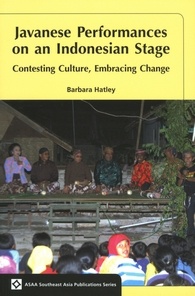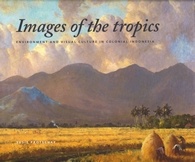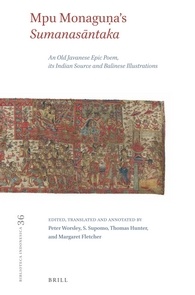Javanese Performances on an Indonesian Stage: Contesting Culture, Embracing Change
Description
During the dramatic economic and social transformation of late twentieth-century Indonesia, theatre in Central Java featured a familiar cast of rulers, nobles, clown servants and ordinary people. However these performances were not a repetition of age-old cultural ‘traditions’. Instead, by stretching the framework of Javanese theatre convention, theatre troupes challenged dominant cultural and political values. As political pressures intensified in the final months of the New Order regime, these witty, critical performances drew enthusiastic, oppositionist crowds. The dismantling of repressive state control after the fall of Suharto in 1998 diminished interest in political critiques from the stage, and growing economic weakness caused patronage and sponsorship to dry up. By 2003-04, however, a revival was underway as performers engaged with the politics of regional autonomy and democratization, and actors responded to the devastating Yogyakarta earthquake of 2006 by staging shows in the worst-affected areas to help sustain community spirit and pride in local culture. Barbara Hatley’s account of more than thirty years of theatre activities and social change shows how performers and audiences have adapted, resisted, incorporated and survived. As Indonesian society evolves, Javanese performances continue to engage with ever-changing social contexts, expressing the dynamic resilience and sense of identity of those who stage and watch them. The Author Barbara Hatley is Professor of Indonesian in the School of Asian Languages and Studies at the University of Tasmania. She has published widely on theatre, literature and gender issues in Indonesia. Barbara Hatley’s work makes a great contribution to our knowledge of Java, and of the role of popular performing arts in a region undergoing rapid, often disruptive, change. She speaks with unrivalled authority, and opens up new ways of thinking about the relations among performers, critics, and spectators.”
Additional Information
| Edition | |
|---|---|
| Pages | |
| Illustrations | |
| authors | 215 |







